Portland’s Seasonally Affected, Politically Depressed Mood in Pictures

After chasing political campaigns around the country for most of 2024, Portland-based photojournalist Jordan Gale set out to capture the city’s heightened moody season in the shadow of political strife.
The photographer Jordan Gale spent most of the second half of 2024 on the road. The Atlantic sent him to Chicago to photograph the Democratic National Convention in August. In early October, he went to Coachella, California, to shoot Trump’s strange rally for The New York Times. He was home in Portland for a split-second later that month to cover Janelle Bynum’s Congress run for the Washington Post, but was off to Vegas days later following Adam Schiff’s Senate campaign. In early November, the Times had him in Washington, DC, for the Million MAGA March, then back in Vegas to collect shots of voters as polls began to roll in.
When he finally made it back to Portland for more than a layover, the sun was setting at 4:30pm and an impending second Trump presidency was compounding the very blue city’s holiday blues. Less than 7 percent of Multnomah County residents are registered Republicans, and Oregon reports one of the country’s highest rates of Seasonal Affective Disorder (SAD), or clinical seasonal depression. As Thanksgiving approached, Portland seemed to lurch under an amorphous shadow. Frenzied election news dissolved to make way for the analgesic promise of Netflix. To combat “resistance fatigue,” an anonymous artist erected a statue downtown of the lascivious president-elect ogling a bronze nude. But the effort rang tone-deaf. The city’s political strife seemed so obvious that discussing it felt pointless, and talking about its seasonally dysregulated mood was as banal as talking about the weather. It was talking about the weather.
Gale, however, wanted to do just that, play photographer as emotional meteorologist and assemble a photo essay of the discomfiting moment. Everyone in the city seemed to be confronting a similar struggle, but confronting it alone, while also assuming everyone else felt the same. “Seasonal affective disorder,” Gale says, “I mean, that’s a vague thing, right?” Could photographing the emotions tied up in these murky, truncated days authenticate or at least corroborate this ambient feeling of being alone-together?

An upbringing in Iowa steered Gale toward political photography. As a bystander in what he describes as a mostly apolitical community, he watched campaigns sweep through the state every four years to pose its population as exemplars of regular American folks. It was a show, a performance. Making pictures that broke its fourth wall, he hoped, could expose the spectacle he saw. He found success, and has been shooting for major outlets since graduating college in 2016. But the 2024 cycle felt different. “What I was doing wasn’t helping anymore,” he says. He felt political photojournalism’s critical angle eroding. The famous photo of a bleeding, fist-pumping Trump post–assassination attempt is a landmark of the industry’s turn—especially when it was wrapped in celebration around one of Elon Musk’s trucks.
After spending so much time literally in the room with the powers that be, making pictures of Portland in the election’s wake presented a new way for Gale to express his hyperextended political frustration. And there was a parallel: This, too, was an attempt to name something everyone knows but nobody talks about.
Oregon owes its dramatic seasons to its distance from the equator. The farther north you go, the bigger your shifts in weather and day length throughout the year. Northern US states are as much as nine times more likely to develop SAD symptoms than states farthest south, and the rates go higher in countries farther north. What exactly this means isn’t terribly clear. The DSM lists SAD as a subcategory of major depressive and bipolar disorders, a seasonal exacerbation of an existing condition, which is perhaps more severe than the mood shifts most people experience as the days grow shorter and our annual 150 rainy days trickle in. SAD is not related to the calendar but to daylight, how missing it disrupts our circadian rhythms and prevents us from biking, swimming, hiking, and hanging out at the park till 9pm. The “holiday blues,” by contrast, come from the stress of seeing (or not seeing) family, shopping, shuffling, and hurrying to reinvent oneself come January 1. Both, however, are environmentally motivated, happen at the same time, and are difficult, if not impossible (not to mention mostly pointless), to isolate from one another. And then there’s the political season, falling as it does at the very same moment.

Unsurprisingly, “therapy in Portland seems to be the most popular between now and the summer months,” says Kyle, a local therapist in private practice, who asked to be identified by first name.
Emelie A. Douglas, founder of the local clinic Sprout Therapy, says political upheaval heightens the already busy season. “As a practice serving many progressive Oregonians, I can confidently say that Trump’s reelection has contributed to heightened distress among our clients,” she says. “Since November, we’ve seen a significant uptick in prospective client inquiries.” Though difficult to distinguish from seasonal patterns, Douglas observed similar spikes around the 2021 insurrection.
Kyle sees the winter affect his clients in countless ways, but the result is almost always a push toward agoraphobia. Though SAD often drives people indoors, he says, “since the election, especially with my BIPOC clients and my queer clients, that struggle to get out into the community, get out of the house—that’s intensified for a lot of folks.”
In the clinical context, SAD was only formally recognized in the 1980s. And as a subcategory of other conditions, it’s not often diagnosed alone, despite the National Institutes of Health estimating it affects millions of Americans. Because it goes away when the flowers come up, treatment leans more casual than other depressive disorders, offsetting the stats further. “Usually it’s like, ‘How can we get you through these next few months?’ versus somebody with a more chronic or major depressive disorder,” Kyle says. “It’s a different conversation and a different outlook, typically.”
Antidepressant medication is sometimes used to treat SAD, though cognitive behavioral therapy, or talk therapy, is most common for patients without other diagnoses. (Attempts to replicate the sun, through so-called “happy lamps” and vitamin D supplements, have shown mixed results in clinical trials.) “Naming it in itself is immensely helpful for people,” Kyle says.

So how do you depict, and in turn validate, such an intangible thing? It’s everywhere, this uneasy tenor, but you can’t touch it, see it, point at it. Counterintuitively, Gale says, “with photography, it’s not necessarily how it looks, but how it feels.” What, then, is Portland’s mood ring, and can you take a picture of it?
Gale started by making pictures from a distance, hoping the isolation would register in the photos, but the distance didn’t bode well. He wanted to confront this nasty, insidious mood, not surveil it. So he started approaching people who “look how I feel,” he says, telling them: “Hey, I’m really interested in this seasonal depression thing, you know, this doom-gloom, all this weather.” Most laughed when asked squarely about the open secret, confirming it as something you’re supposed to inure yourself to, not name. And in that taboo he found his subject: “this thing that we all acknowledge and understand as an isolating experience, but that we are all experiencing.”

Strangers’ empty gazes and quietly defeated postures hold the tone. Gale’s portraits are emotionally intimate but are also, save a few, shadowy and semi-anonymous. Rain does its disorienting trick of simultaneously magnifying and obscuring a few, and gives everything a blown-out glare, like wearing someone else’s glasses. It thrusts traffic lights and passersby in your face, making them seem extraordinarily legible while blurring them. On his camera lens, rain explodes an industrial building’s lights into cold and blue, firework-like abstractions.
SAD’s material aspects made for images that feel like this moment, even if it’s impossible to take a portrait of the mood itself. Gale found it in languishing, waterlogged Christmas decorations; in commutes made doubly long by the relentless darkness, and in familiar moments of killing darkling hours indoors. He found his elusive subject in bed, too, while eating takeout noodles and watching Jon Stewart. “I think that’s beautiful in a way that conveys my own perspective: This can, you know, depict how I’m feeling,” Gale says, casting a bashful tone over the gooier part. Why the layer of sarcasm? “Sometimes I devalue what I do,” he laughs. “That’s a thing that I talk about with my therapist.”

Share this content:
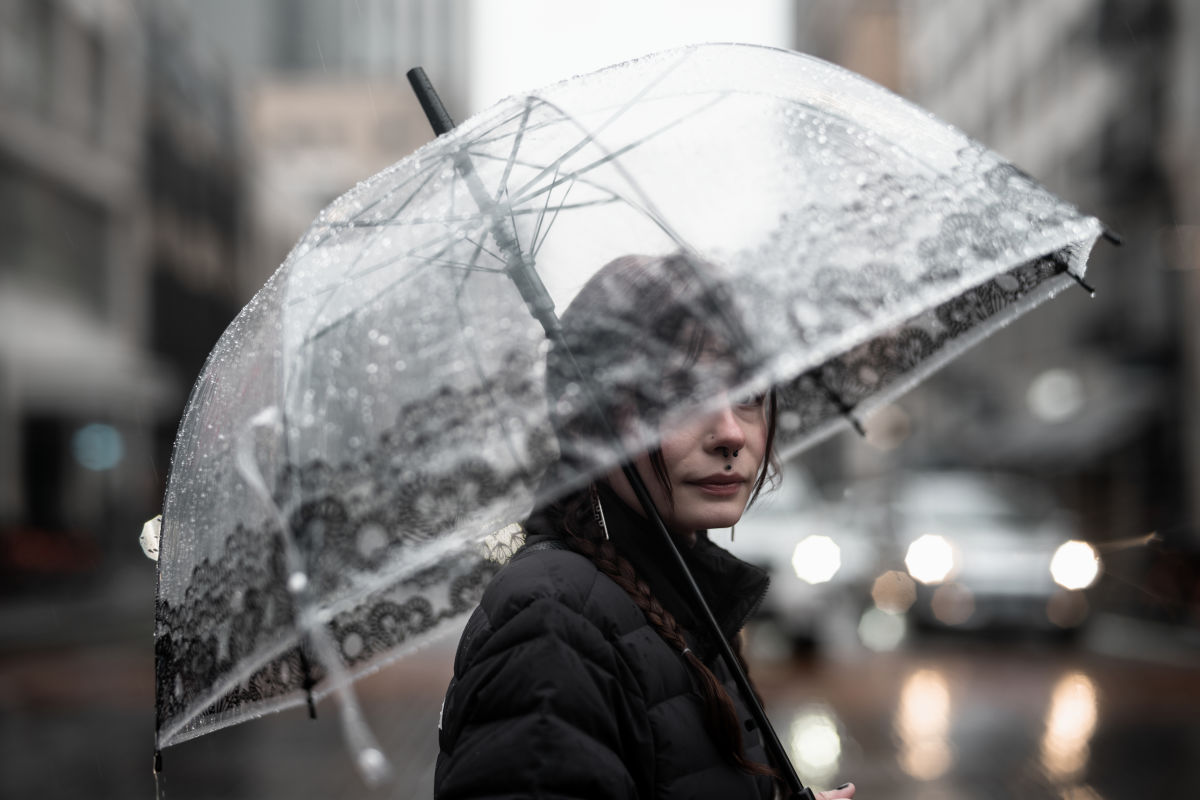



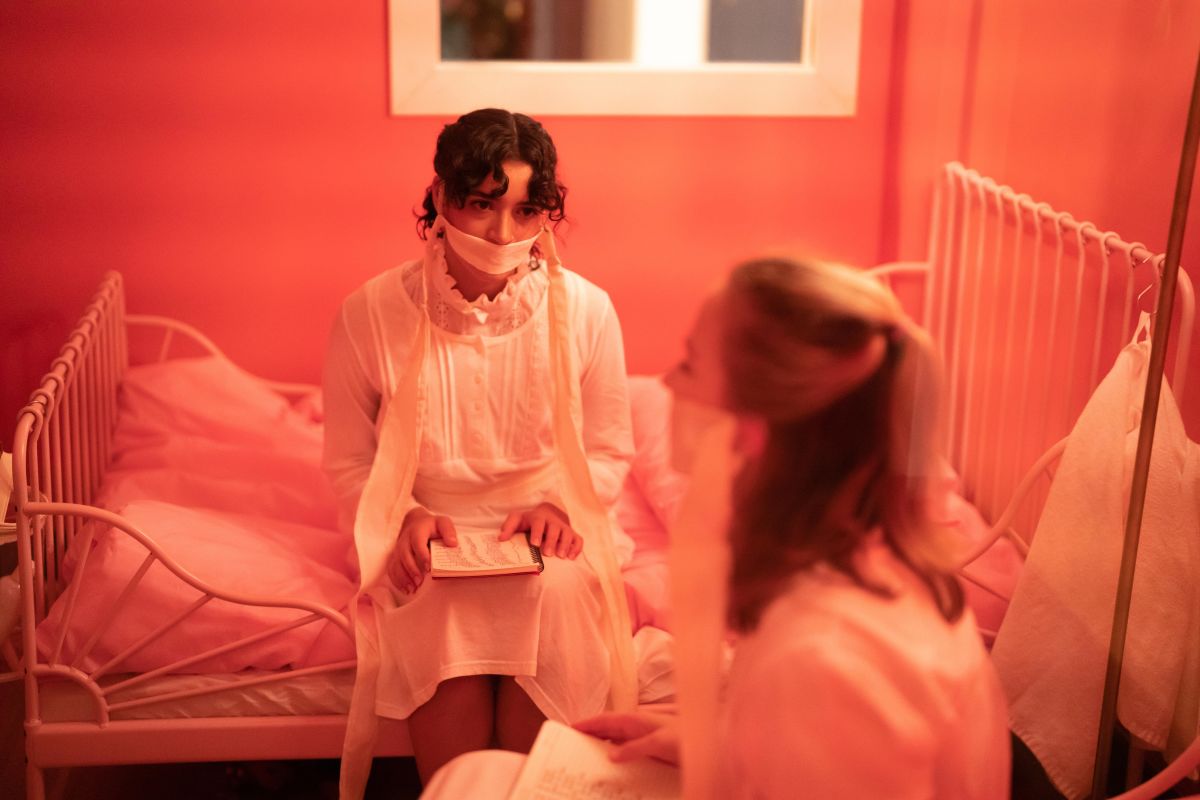
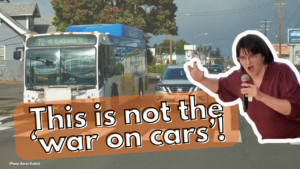
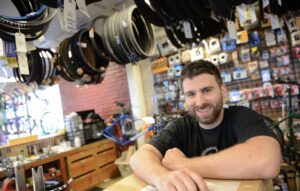
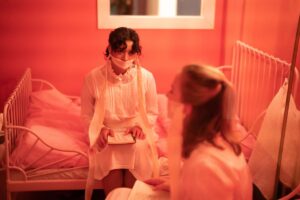


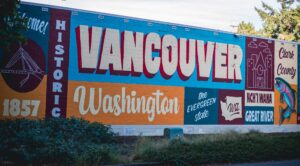
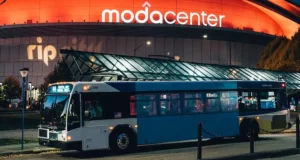
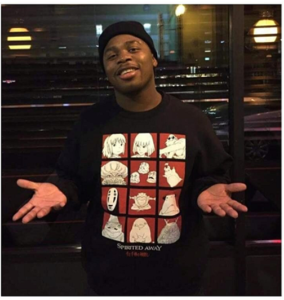

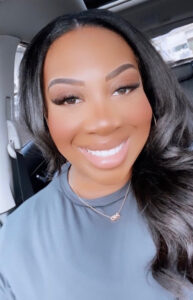
Post Comment